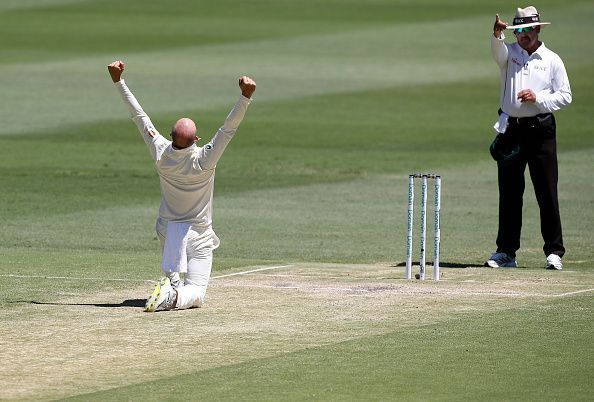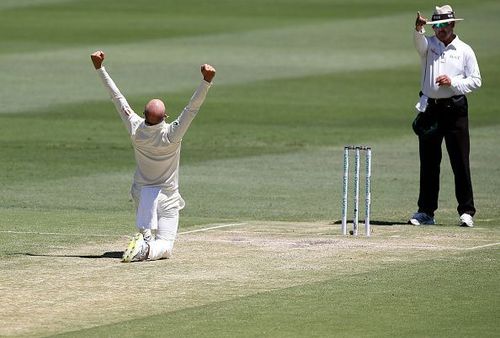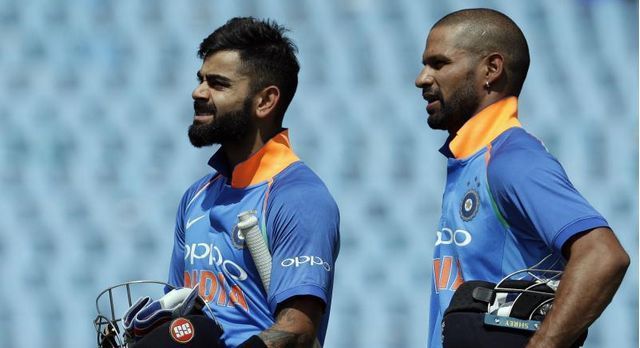
Looking back to the SA vs Ind 2018 ODI series, where an umpiring decision raised a lot of questions

Umpiring is definitely one of the most arduous task in the game of cricket. With the amount of cricket being played, umpires do not enjoy big breaks between tours.
Moreover, they also need to be acclimatized to the weather conditions. Be it sweltering heat or cold and overcast conditions, the umpire needs to watch the match with rapt attention and complete focus. The crowd going berserk throughout the match only makes matters worse for him to spot an edge for a caught behind or adjudge a close LBW decision.
An umpire needs to oversee a lot of things when a delivery is bowled. He has to indicate the side from which the bowler is going to bowl, keep an eye on his front foot and the side crease, count the number of fielders in the ring, observe the bowler’s action and finally look at his follow through, before making his decision. It should hardly be a surprise then that they make mistakes every now and then.
However, there was one instance where common sense clearly took a backseat to the laws of the game, despite the umpires having enough time to make a judgment.

It was the second ODI between India and South Africa at Centurion in February 2018. India had won the toss and bundled out the Proteas for a paltry total of 118 in 32.2 overs. Yuzvendra Chahal was the wrecker in chief, picking up 5 wickets, and no one from the South African team could manage to cross 25 runs.
In reply skipper Virat Kohli and Shikar Dhawan were going strong, and at the scheduled time of the lunch break they were comfortably placed at 88 for 1 after 14 overs. The on-field umpires Aleem Dar and Adrian Holdstock then decided to extend the play by 4 overs, and after 18 overs India were 117 for 1, requiring only two runs for victory.
But to the astonishment of players, commentators and spectators, the umpires stuck to the letter of the regulations, ordering a 40-minute lunch break before India could complete a comprehensive victory and take a 2-0 lead in the six-match series.
Though the decision may have been made in accordance with the law, several cricketing gurus and fans did not concur with it and they questioned the logic behind the decision.
What if there had been a rain during the lunch break, and since India did not bat 20 overs, the Duckworth-Lewis System would have come into play? Would the match have been called off in that case?
Additionally, would the crowd at the Supersport Park (Centurion) have been patient enough to wait for 40 minutes and see India’s victory? As it turned out, only 15% of the crowd waited till the end to see India score the remaining two runs.
Such archaic laws only seem to make the game uncomfortable for both the players as well as the audience. The ICC needs to review them and make some changes at the earliest.